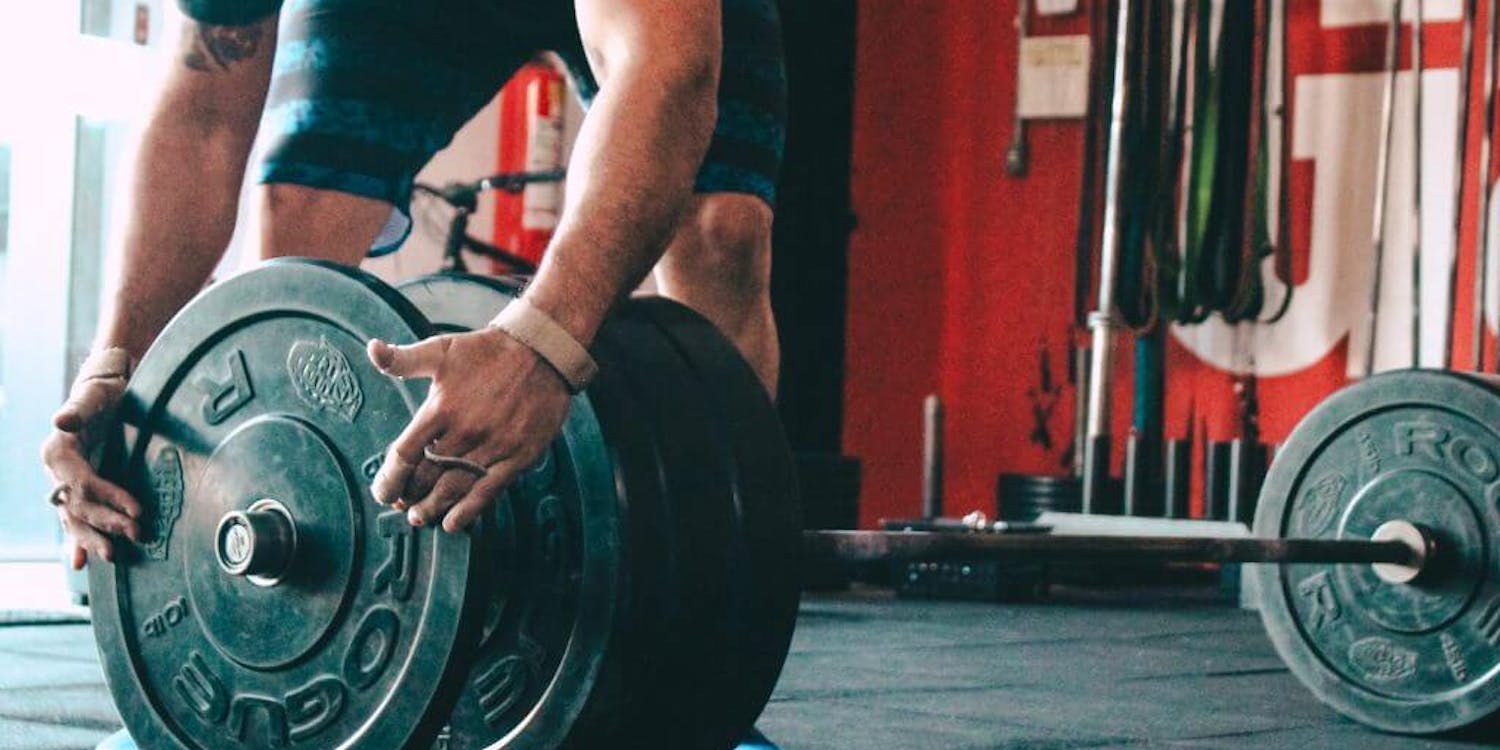We are delighted to announce that after 5 years, IVACON is back in person! Our exclusive week-long conference is tailored for singing teachers just like you.…
Have you ever wondered whether belting is safe? Or have you had a voice teacher who didn’t allow you to belt because it was for SURE going to ruin your voice?
So many of our favorite singers are incredible belters who command the stage with impressive power and volume.
Of course, we aspire to belt out a power ballad like Kelly Clarkson does or bellowing a stadium anthem like Adam Lambert can.
But is it possible to belt without ruining your voice?
Whether your belting is safe or not depends on the technical foundation you’re building on.
Many people try to build the belt sound by overdeveloping chest voice and pulling it up as far as they can. This is pretty much guaranteed to give you vocal problems sooner or later, especially if you have to sing often.
Still, it’s a very tempting approach because you feel like you’re working toward the right sound straight away.
But don’t let yourself be fooled by that!
You can be sure that your singing will be safe if your belting is instead built on the basis of a well-coordinated mix of chest and head voice. You can perform daily and won’t get in trouble.
In fact, we challenge you to think about the term “belt” a little differently.
Instead of a technique designed to pull your chest voice up as high as possible, think of belting as a vocal style. In that way, you can then “belt” your mix.
Belt your mix!
Building your belting capabilities on a firm foundation of mixing means that, in many cases, you’ll first need to develop a strong coordination between chest and head voice before focusing on the belt sound.
Temporarily, you may even have to work on your voice in ways that feel opposite to what you are going for. But once mixing becomes second nature to you, you can start to work on the typical belt sound by opening up the vowels and increasing air pressure and volume.
Here at TBS, we work with singers at the top of their industries—from recording artists to Broadway stars—who are required to belt powerfully on a regular basis.
Thankfully, their belt is safe and sustainable because they’ve built their belt style on a foundation of mixing chest and head voice.
Want to build a rock-solid belt sound? First, find and build a strong connection from chest to head voice!
Related Articles
Singing Teachers Summit
A free, online summit for music educators
As a worldwide leader in vocal education, we're excited to host a Singing Teachers Summit on January 20th and 21st, 2024. This free, online event features a fantastic lineup of guest lecturers to offer insight on a wide range of…
Stepping Out of Your Comfort Zone with Stephanie Borm-Krüger How Performing Under Pressure Helps Unlock Your Creativity Do any of your students dream of performing on a TV show like The Voice or one of the Idols singing competitions? Then they’ll want to…








